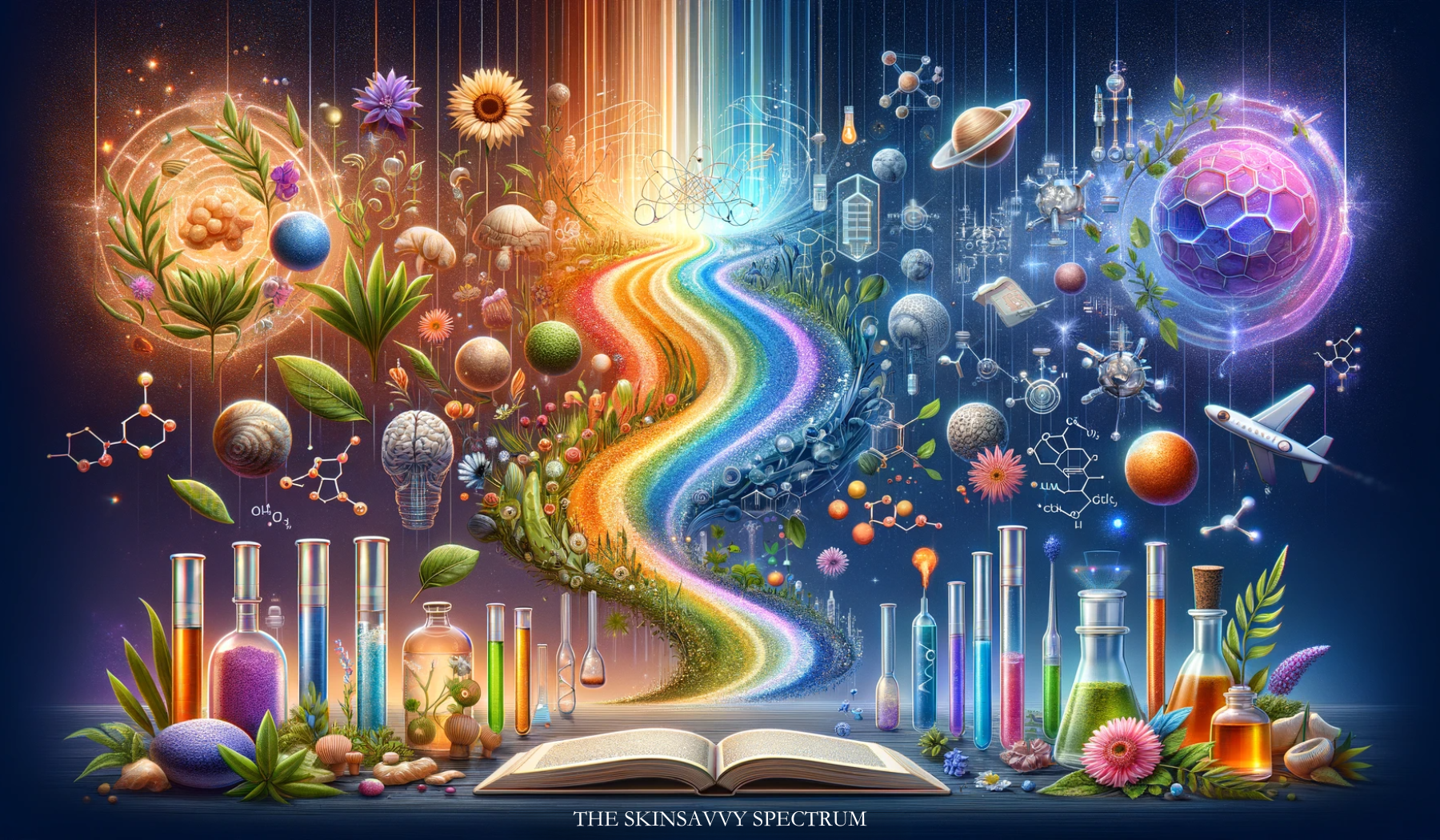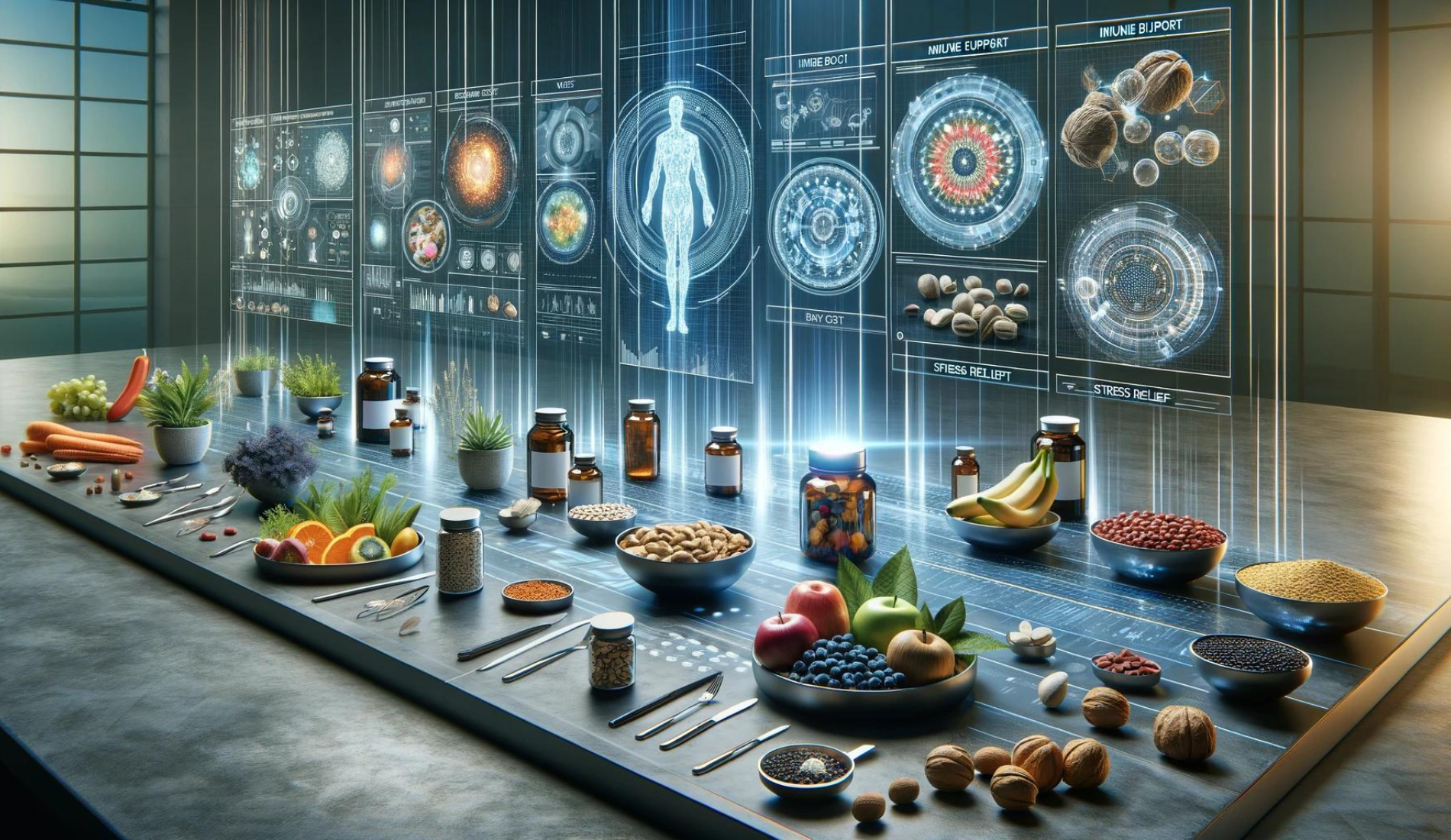Understanding Acne

Acne is more than just a skin issue; it's a common dermatological condition that affects people of all ages, though it's most prevalent during adolescence. At its core, acne is the result of clogged hair follicles due to the overproduction of oil (sebum) and the accumulation of dead skin cells. This blockage can lead to the formation of pimples, blackheads, whiteheads, and in more severe cases, cystic lesions.
Types of Acne
Acne manifests in various forms, each with its unique characteristics:
- Blackheads (open comedones): These appear as small, dark spots on the skin's surface, caused by the oxidation of the debris inside the pore.
- Whiteheads (closed comedones): These are small, flesh-coloured bumps, indicating a pore completely blocked by oil and skin cells.
- Pimples (papules and pustules): These are red, inflamed, and sometimes pus-filled lesions, often painful to the touch.
- Cystic Acne: The most severe form, characterized by deep, painful, pus-filled cysts beneath the skin's surface, which can lead to scarring.
Causes of Acne
Understanding the causes of acne is crucial in managing it effectively. Key factors include:
- Hormonal Changes: Fluctuations, especially during puberty, menstruation, pregnancy, or due to conditions like polycystic ovary syndrome (PCOS), can increase oil production, leading to acne.
- Diet: Certain foods, especially those high in sugar and dairy, can trigger acne in some people.
- Stress: It can exacerbate acne by increasing cortisol levels, which in turn can stimulate oil glands.
- Genetics: A family history of acne can increase one's predisposition to the condition.
- Poor Skincare: Inadequate cleansing can lead to the build-up of oil and dead skin cells. Conversely, overly harsh skin care can irritate and worsen acne.
Lifestyle Factors
Lifestyle plays a significant role in the management of acne. Factors like poor sleep, high stress levels, and environmental pollutants can aggravate the condition. Also, certain medications and the use of comedogenic (pore-clogging) makeup or skincare products can contribute to acne development.
Conclusion : Acne is a multifactorial condition influenced by internal and external factors. Understanding these aspects is the first step towards effective management and treatment. The subsequent sections will delve into how specific vitamins can aid in combating acne, forming a vital part of a holistic approach to skin health.
Disclaimer
Important Note: The information provided in this article, "Vitamins for Acne: A Natural Path to Clear Skin," is for educational and informational purposes only and is not intended as medical advice. We encourage readers to consult healthcare professionals for personalized medical advice, diagnosis, or treatment. Individual results may vary, and the effectiveness of vitamins in treating acne can depend on a variety of personal health factors. This article does not guarantee that following its recommendations will result in clear skin for everyone.




















